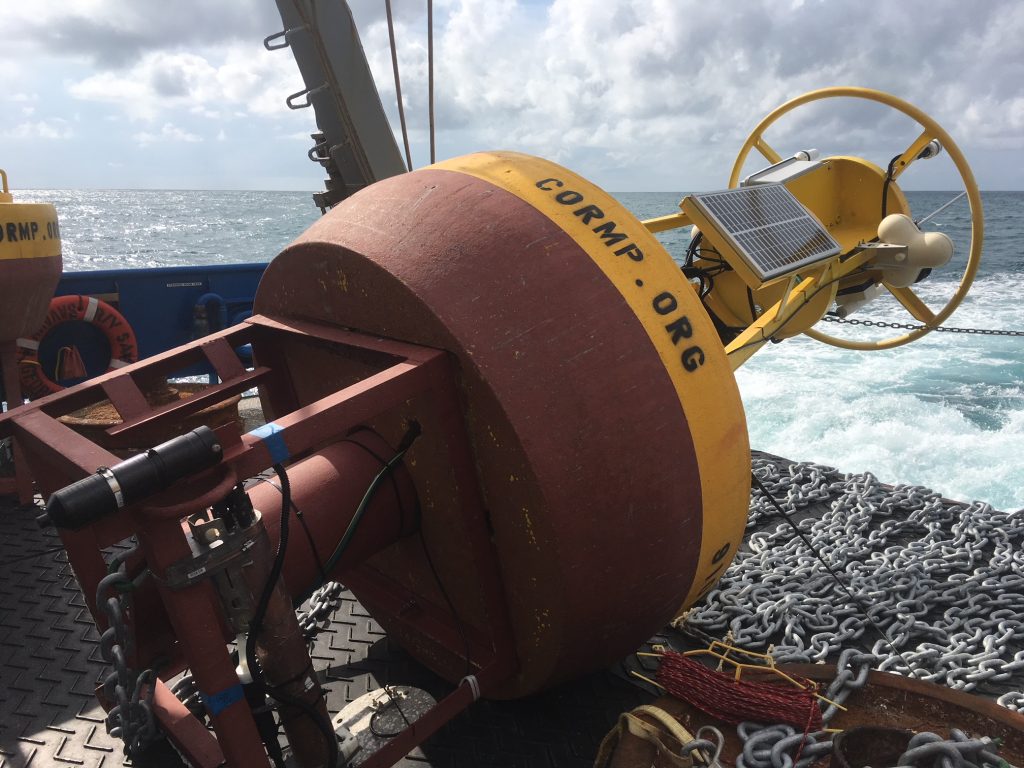Soon an acoustic receiver will be added to the C12 buoy maintained by the University of South Florida Coastal Ocean Monitoring and Prediction System (USF COMPS). This acoustic receiver will provide data to the FACT Network, a group of marine scientists using acoustic telemetry and other technologies, to better understand and conserve our region’s important fish and sea turtle species. The FACT Network has tagged over 5,000 animals from 83 species. Each receiver provides animal location data by registering the date and time tagged animals swim within a few hundred meters of the receiver.
According to FACT Network Principle Investigator Dr. Joy Young, the USF COMPS buoy receiver is in an ideal position to pick up animals that often escape detection. She explains, “When animals come through the Florida Keys and into the Gulf Stream, they don’t always swim straight up the coast of Florida. We’re hoping this buoy will help us pick up some animals further offshore.”
Moorings of Opportunity Project
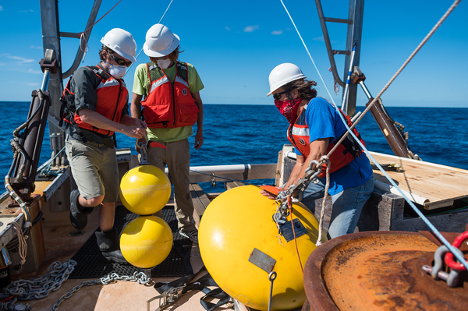
C12 is part of the Moorings of Opportunity strategy that helps the FACT Network expand their marine animal observations by installing acoustic receivers on existing ‘opportunity’ buoys at partner institutions across the Southeast. Dr. Young also collaborated with Dr. Mike Muglia, East Carolina University Coastal Studies Institute, on another Moorings of Opportunity project in October 2020 to install an acoustic receiver on a subsurface buoy east of Cape Hatteras, North Carolina.
The recent acoustic receiver installations in both North Carolina and West Florida come on the heels of a successful collaboration between the FACT Network and the University of North Carolina Wilmington’s Coastal Ocean Research and Monitoring Program (UNCW CORMP) in 2017. Since installing receivers on the 3 buoys maintained by UNCW CORMP with SECOORA and IOOS funding, the FACT Network has registered over 3,000 detections from 119 animals. Dr. Young notes, “the UNCW CORMP collaboration has been really productive and leaves fertile ground for expansion and trying to do this type of project in other places.”
SECOORA Helps Make Partnerships Possible
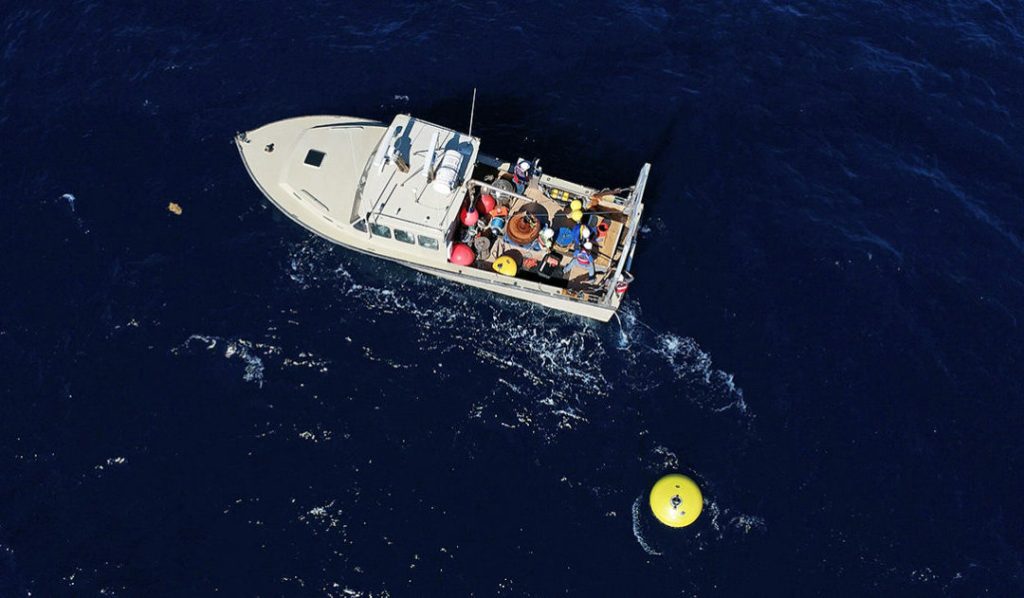
SECOORA plays a critical role in facilitating connections between research groups which make Moorings of Opportunity projects possible. Dr. Young says, “SECOORA is our bridge between the acoustic telemetry community and the oceanography community. Sometimes there isn’t much disciplinary crossover within the sciences, but knowing animal movements without oceanographic details are nothing— we need to know the drivers for movement. SECOORA brings together collaborations that further our understanding of the oceanic world.”
Related news
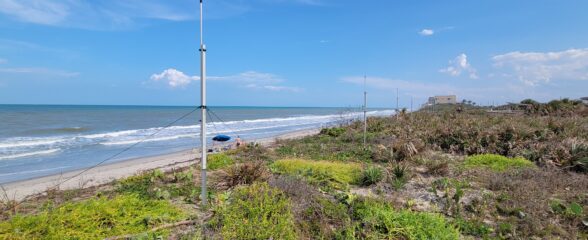
Measuring Surface Currents on the East Coast of Florida with High Frequency Radars
The Florida Institute of Technology and UGA Skidaway Institute of Oceanography recently installed four high frequency radars on the east coast of Florida. These systems measure the speed and direction of ocean currents, which is helpful for search & rescue operations and tracking marine debris.
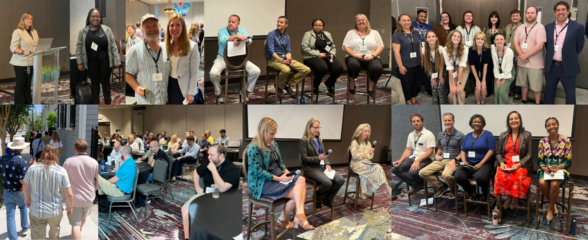
The 2024 SECOORA Annual Meeting: A Huge Success!
The SECOORA Annual Meeting was held in Charleston, South Carolina May 7th - 8th. Thank you to those who attended, we hope to see you again next year!
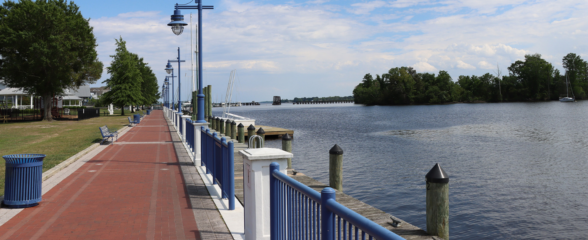
SECOORA Partners with North Carolina Communities to Install New Water Level Sensors
SECOORA has partnered with North Carolina Public Safety, Beaufort County Emergency Services, and the town of Belhaven to install new water level stations in two flood-prone North Carolina communities.
